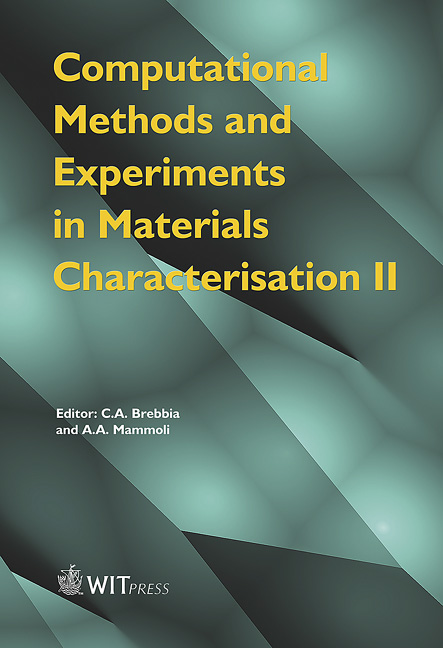Organic Coatings On Metal Surfaces For Corrosion Protection
Price
Free (open access)
Transaction
Volume
51
Pages
9
Published
2005
Size
655 kb
Paper DOI
10.2495/MC050261
Copyright
WIT Press
Author(s)
V. Branzoi, L. Pilan & F. Branzoi
Abstract
Polyaniline–polypyrrole composite coatings were formed on platinum and titanium substrates by galvanostatic electrochemical polymerisation. Electropolymerisation was done by varying the applied current and molar feed ratio of monomers. It was shown that the structure, yield and the morphology of the coatings were dependent on the feed ratio of monomers (aniline and pyrrole) and the applied current or potential. As the oxidation potential of aniline and pyrrole are very similar, we believe that simultaneous oxidation and codeposition of polyaniline and polypyrrole is possible by changing the applied potential. Cyclic voltammetry (CV) and electrochemical impedance spectroscopy (EIS) were used to investigate the electrochemical properties of the resulting composites. 1 Introduction Electrochemical synthesis of conductive polymers allows preparation of layers of polymers of desired thickness and shapes and dimensions generally not possible by chemical methods [1]. Thus far most promising conductive polymers have been those made from monomers of pyrrole, thiophene, aniline and benzene. These polymers can be easily prepared electrolytically in organic or aqueous solutions. Conductivities are usually in the semiconductor range [10-9 to 10-2 Scm-1]. In general, the method of electrolysis affects to a great degree the electrical and physical properties of the polymer [2-7]. Polypyrrole does not require added dopants to be conductive [3]. This polymer switches between a black conductive form and a
Keywords





